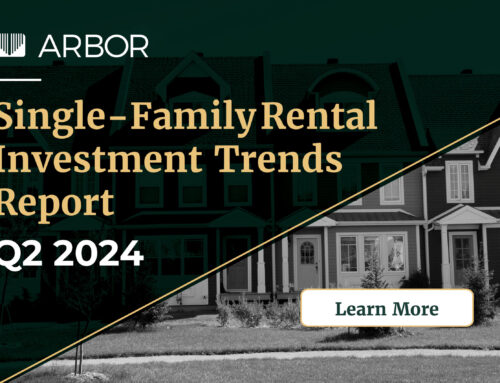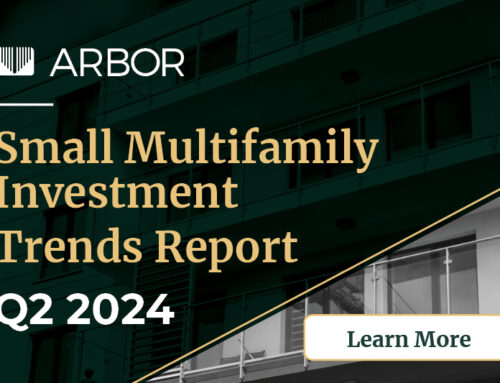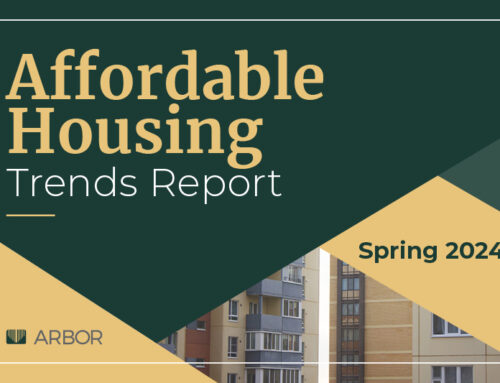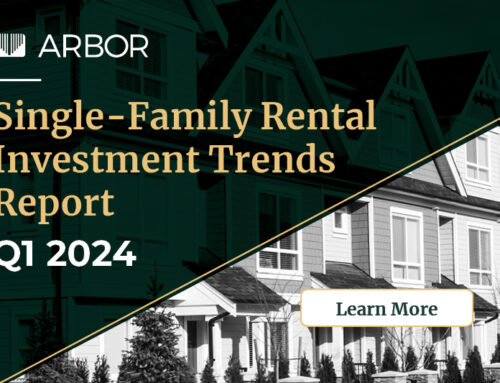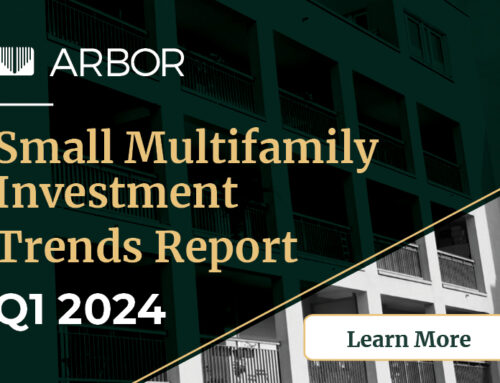This week’s roundup offers insights on apartment occupancy, top cities for job growth and high-skill millennials’ rental preferences. First, RealPage reports that the nation’s top 150 largest multifamily markets had a 96.3% average occupancy rate in August, the highest rate since 2000 . Next, CityLab notes that while many markets have increased their multifamily construction activity in the post-recession period, the new supply is not keeping up with the demand in metros that are seeing an influx of job and population growth. Arbor’s Chatter blog takes a look at where millennials in high-skilled occupations are choosing to rent, with many preferring the affordability and flexibility of small multifamily properties. Then, NAHB observes that apartment development rates in the second quarter of 2019 increased in small metros and decelerated in large metro areas. Finally, Redfin points out that while a recession is unlikely to have a significant impact on the real estate market, there are cities that are more or less at risk for a housing downturn.
Already High U.S. Occupancy Keeps Climbing in August
RealPage – September 11
“The nation’s 150 largest apartment markets averaged occupancy of 96.3% in August, the best rate since the height of the tech boom in 2000.”
The Cities Where Job Growth Is Outpacing New Homes
CityLab – September 9
“Coastal metros are building more multi-family units than in the past, but it’s still not enough. Meanwhile, in some Sun Belt metros, new building outpaces jobs.”
High-Skill Millennials Attracted to Small Multifamily Price-Lifestyle Balance
Arbor Chatter – September 13
“The choice between small and large multifamily for high-skilled Millennials appears to be more influenced by lifestyle than personal income.”
Exurbs Lead Apartment Construction Gains in the Second Quarter
NAHB – September 13
“Multifamily residential construction’s growth rates have increased in small metro areas and decelerated and turned negative in all areas of large metropolitan areas, except for exurbs, i.e., outlying counties of large metropolitan areas.”
Rochester, Buffalo and Hartford Least at Risk of a Housing Downturn in the Next Recession
Redfin – September 6
“In all but the 2007-2009 Great Recession, inflation-adjusted home prices only declined an average of 2.7 percent from the month before the recession began to the final month of the recession.”



